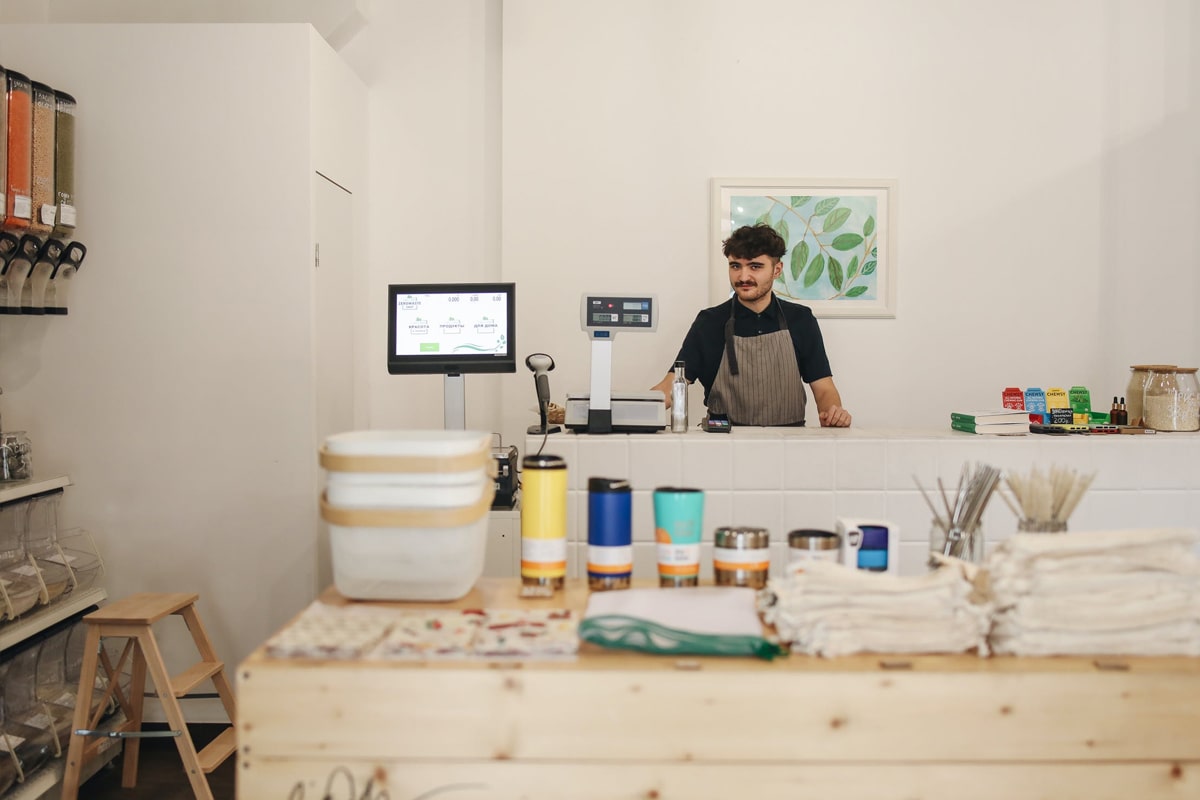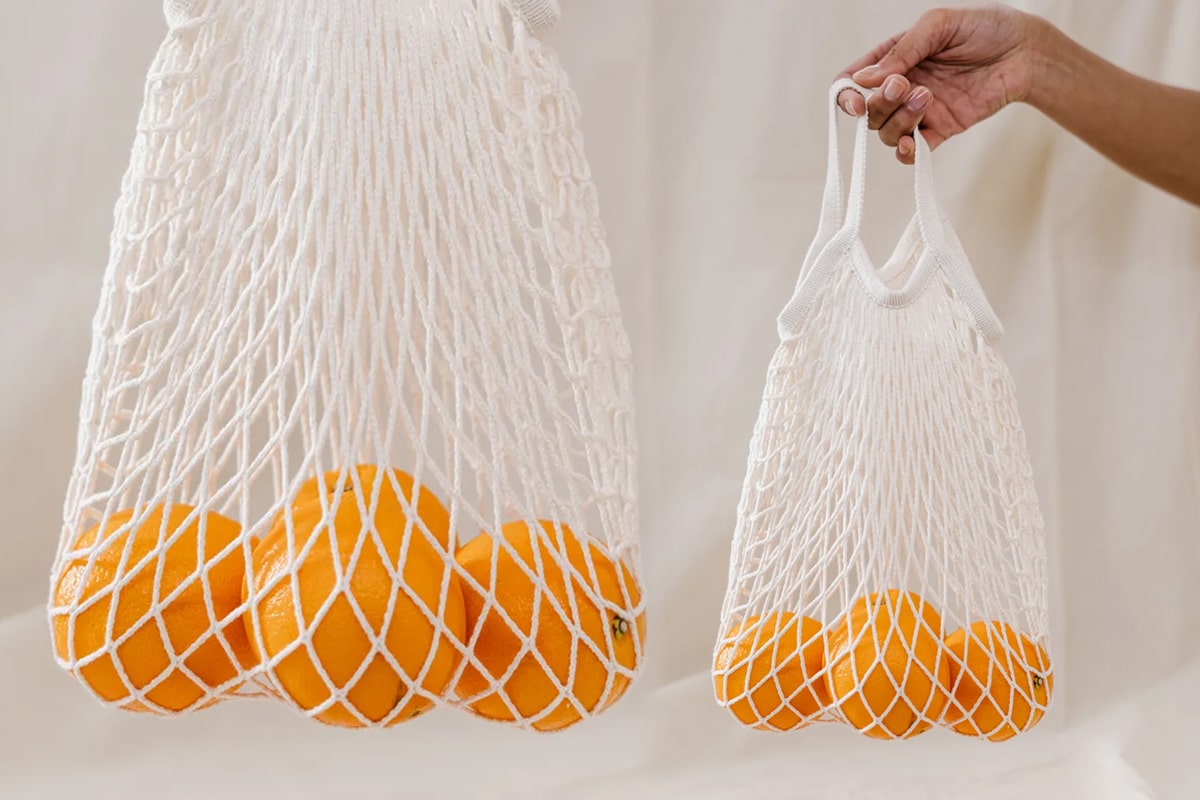- Reusable drinking straws
- Reusable fork and spoon
- Cloth shopping bag
- Bottles and cups made of stainless steel
- Silicone bowl coverings
- Rezip bags
- Reusable coverings for drinks
- Beeswax wrap
- Filters for pour-over coffee machine made of stainless steel
- Lunchbox made of stainless steel
- Reusable bag for bread
- Travel-friendly collapsible coffee cup
- Reusable paper towels
Adopting an eco-friendly lifestyle shouldn’t be expensive!
Despite the widespread belief that living an eco-friendly lifestyle is costly, making some green lifestyle choices can actually result in cost savings. The following are a few simple and creative methods to go green:
10 Ways to Become Eco-Conscious and Financially Savvy
Contrary to popular belief, there are financial benefits to living an eco-friendly lifestyle if you make specific ecologically conscious decisions. Here are ten easy and creative ways to go green:
1. Purchase reusable items rather than single-use plastic ones.
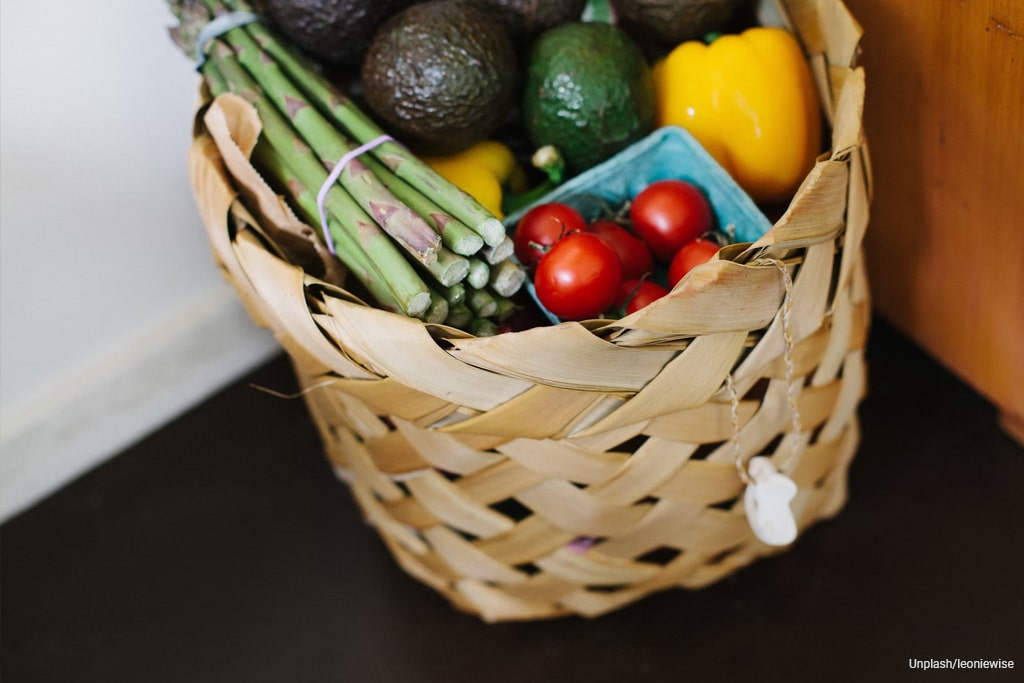
Replace single-use plastic products with reusable, easily cleaned alternatives. These eco-friendly products are just as functional as their conventional plastic counterparts, and they can even be washed and handled with ease. Among these environmentally friendly items are:
2. Remember to bring along a shopping bag.
You may contribute to the decrease in the amount of plastic waste that ends up in landfills by using your own shopping bag. Remember that it might take up to 20 years for plastic bags to degrade. Reusable bags save money and help safeguard marine life, as trash can be mistaken for food by marine life.
3. Buy in-season fruits.
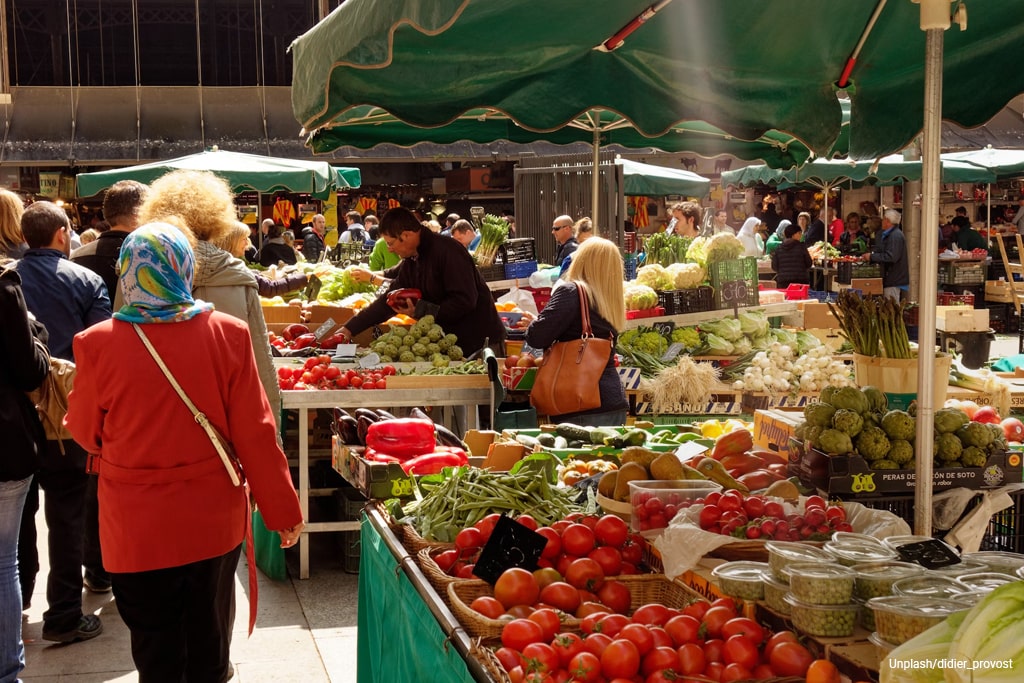
Produce that’s in season has greater nutritional content, tastes better, and is fresher. They also use less energy for refrigeration and lights. Aside from providing you with more vitamins, minerals, and fiber, their lower cost will allow you to add more money to your budget.
4. Stop Using Plastic for Your Trash Bins
Consider cleaning your trash cans on a regular basis as an alternative to lining them with plastic. Plastic bags harm our natural ecosystems for as long as they remain in landfills, taking ten to twenty years to decompose. Rinsing your trash cans on a regular basis is a small but effective approach to safeguard the environment and your wallet.
5. Make Your Own Natural Cleaning Supplies at Home
Making your own cleaning supplies may seem difficult, but it’s actually very easy. Not only are the ingredients more affordable and easily sourced, but they also have a lower environmental impact. For example, all you’ll need to make laundry powder is grated natural soap, baking soda, borax or washing soda, and essential oils of eucalyptus and lavender.
However, all you need for a paste cleanser is baking soda, liquid castile soap, lemon essential oil, and tea tree essential oil. For toilet bowl cleanser, you’ll need almost the same ingredients: baking soda, white vinegar, and tea tree essential oil.
6. Avoid following the trend of quick fashion.

Fast fashion is the rapid transition from design to retail stores through the mass manufacture of inexpensive, stylish apparel, with new collections arriving on a regular basis. This is detrimental to your wallet as well as the environment.
Since it might take up to 200 years for clothing to degrade, there is a constant flow of waste into the environment. Worse, the majority of used goods end up in landfills rather than being recycled or donated.
Investing in quality clothes and adopting a minimalist lifestyle will help to fix the issue. These consist of classic items like well-fitting shoes, coats that match with everything, and white t-shirts that never go out of style. Sweatpants, blazers, and denim are among the most versatile pieces you can add to your wardrobe. You can maximize your wardrobe and, of course, your budget by sticking to the essentials.
7. Air Dry Your Clothes
The dryer consumes the most energy, followed by the washer and refrigerator. Since the air and heat from the sun are free, hanging your clothes outside is an energy-efficient alternative. Additionally, because sunshine is generally kinder on fabrics than a dryer, it prolongs the life of your items. Just make sure the clothesline is positioned in a cool, windy spot to keep the clothing from deteriorating.
8. Cut Down on the Use of Air Conditioning
It is feasible to maintain a cool home without incurring exorbitant electrical costs. Reducing the amount of air conditioning is one method to do this. Installing ceiling fans might be a less expensive option, and they can also contribute to a cooler atmosphere in your rooms.
It is also important to seal off any gaps and crevices in your doors and windows so that your thermostat can easily control the interior temperature. Reducing the amount of time you spend using appliances that generate heat during the day can also save energy because it reduces the need for your air conditioner to run as often to maintain the desired temperature.
9. Buy a Reusable Water Bottle
Reusable water bottles are beneficial to both the environment and your wallet. The majority of reusable water bottles are composed of low-density polypropylene, which is a non-toxic substance that doesn’t release any hazardous gases. They aid in the protection of natural resources because they use less oil to produce.
They also lessen the amount of toxic trash that endangers marine life because they replace all the plastic containers you would have used. By using a tumbler, one can save around 1,460 plastic bottles annually if they consume four plastic water bottles on average each day.
10. Make Your Own Vegetable Garden
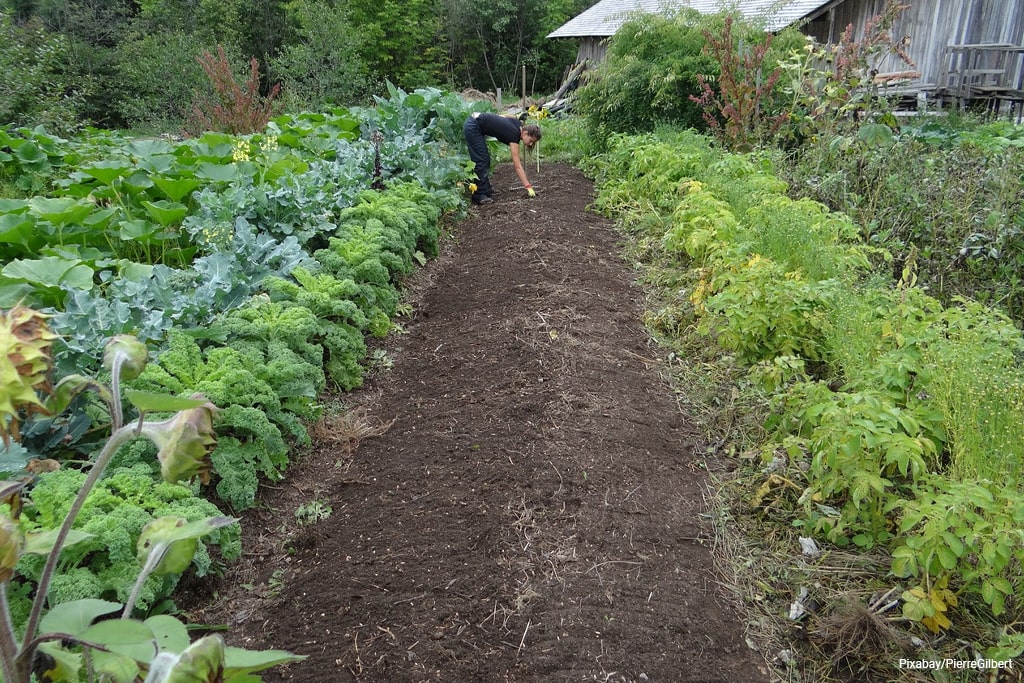
Vegetables and herbs are often easy to cultivate, whether you plant them in the ground or in containers. Plants that are easy to grow include Chinese cabbage, tomato, lettuce, spinach, basil, parsley, and lemongrass. You may come in close proximity to nature and save money by creating your own garden at home. Since collecting your own ingredients eliminates the need for packing, you also contribute to waste reduction.


